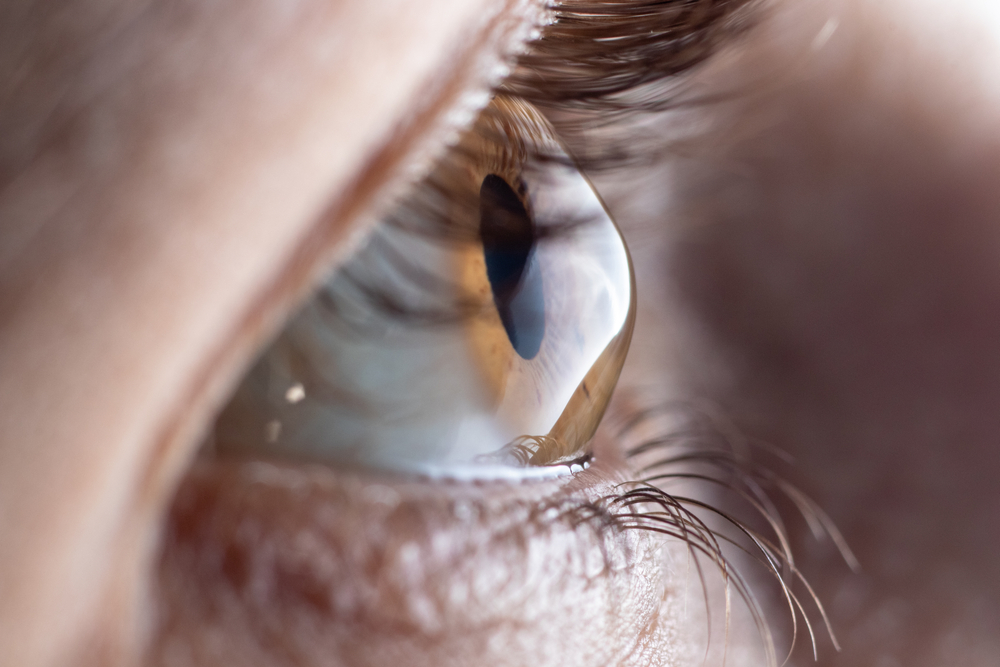Modal Title
Lorem ipsum dolor, sit amet consectetur adipisicing elit. Iusto porro officiis beatae accusantium nam quis soluta? Sapiente in non inventore, explicabo distinctio, nostrum impedit delectus obcaecati corporis officiis, nihil repellendus.

Lorem ipsum dolor, sit amet consectetur adipisicing elit. Iusto porro officiis beatae accusantium nam quis soluta? Sapiente in non inventore, explicabo distinctio, nostrum impedit delectus obcaecati corporis officiis, nihil repellendus.


Understanding corneal ectasia first requires a basic understanding of the cornea. The cornea is the eye's outermost layer. It is the clear, dome-shaped surface that covers the front of the eye and plays a crucial role in focusing our vision.
The cornea consists of five layers: the epithelium, Bowman's layer, the stroma, Descemet's membrane, and the endothelium. Each layer has its unique function, and damage to any layer can lead to vision problems.
The stroma, the thickest layer of the cornea, is primarily responsible for the cornea's strength and shape. Therefore, it's significant to note that in corneal ectasia, it is this layer that undergoes thinning and bulging, leading to the characteristic distortion of vision associated with the disease.
There are several causes of corneal ectasia, both genetic and environmental. Keratoconus, a genetic disorder, is the most common cause of corneal ectasia. It is a progressive disease that causes the cornea to thin and bulge into a cone-like shape. This distortion leads to significant visual impairment, and if left untreated, it can result in corneal ectasia.
Secondly, corneal ectasia can also be a result of refractive eye surgeries such as LASIK or PRK. These surgeries involve reshaping the cornea to correct vision. However, in some cases, the surgery can weaken the cornea, resulting in ectasia.
Other causes include eye rubbing, allergic diseases, and connective tissue disorders. However, it's essential to remember that these are only potential causes, and many people with these conditions will never develop corneal ectasia.
The symptoms of corneal ectasia vary widely among individuals. Some people might experience only mild symptoms, while others may experience severe vision loss.
The most common symptom of corneal ectasia is distorted vision. This distortion can present as ghosting, multiple images, glare, starbursts, or haloes around lights. Other symptoms include sensitivity to light and difficulty with night vision. In severe cases, people with corneal ectasia may suffer from significant vision loss.
Diagnosing corneal ectasia involves a thorough examination of the eye, including a complete history and various diagnostic tests. A corneal topography, which maps the surface of the cornea, is often the most effective diagnostic tool for detecting corneal ectasia.
Other diagnostic tests may include a slit-lamp examination, which allows the doctor to examine the cornea and other structures of the eye in detail. In some cases, an optical coherence tomography (OCT) scan might be performed to get a detailed image of the layers of the cornea.
Early detection of corneal ectasia is crucial for preventing further progression of the disease and preserving vision.
Treatment options for corneal ectasia depend on the severity of the disease. In its early stages, corneal ectasia might be manageable with the use of glasses or contact lenses. As the disease progresses, however, more aggressive treatment methods may be required.
Corneal cross-linking is a procedure that strengthens the cornea to halt the progression of the disease. Intacs are plastic rings inserted into the cornea to flatten it and improve vision. In severe cases, a corneal transplant may be required.
It's important to discuss with your doctor the best treatment options for your specific case. Each patient is unique, and what works for one might not work for another.
Living with corneal ectasia can be challenging, but with early detection and proper treatment, it is manageable.
While corneal ectasia can significantly impact life, it's important to remember that it's not a death sentence. With the right treatment and support, those living with corneal ectasia can lead fulfilling lives.
For more information on the causes, symptoms and treatment options for corneal ectasia, visit Modern iCare Optometry at our office in Palm Desert, California. Call 760-674-7272 to schedule an appointment today.